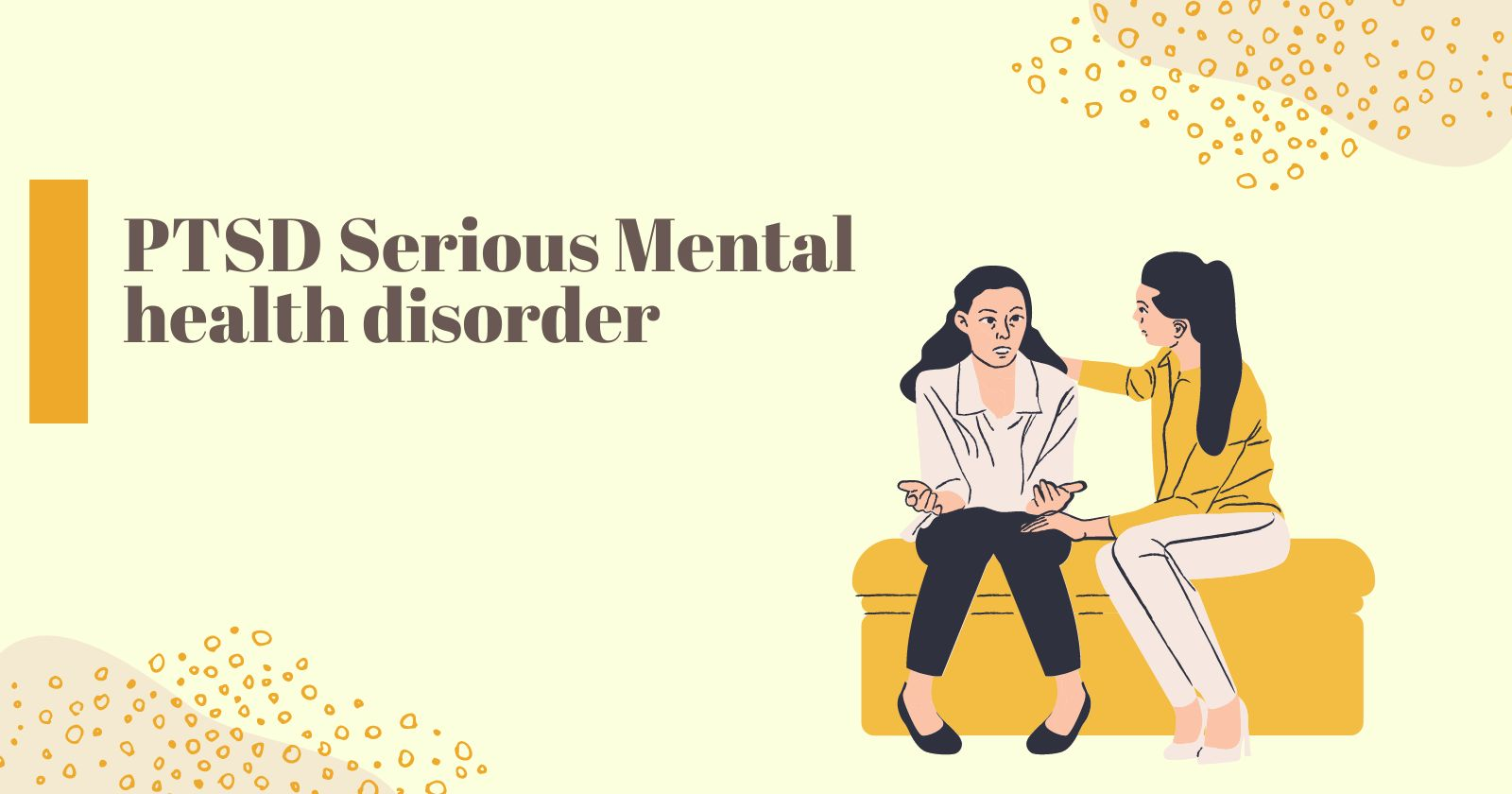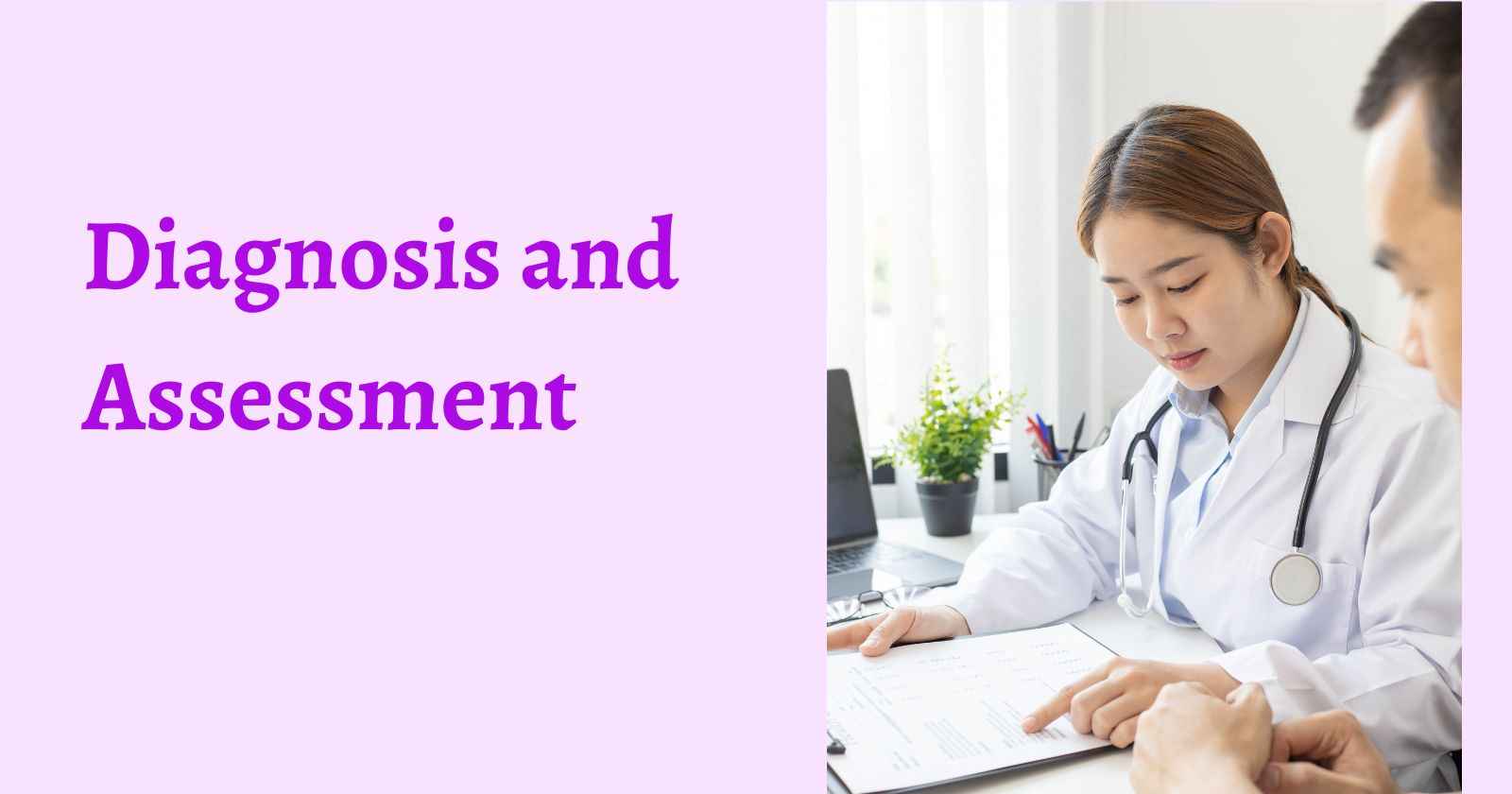Understanding the differences between PTSD vs Anxiety is crucial for those affected by either condition or those supporting loved ones on their journey to recovery. Although both disorders share some commonalities, they manifest uniquely and require tailored approaches for effective treatment. In this article, we will explore the distinct symptoms, causes, and coping strategies for each condition, empowering you with the knowledge needed to navigate the challenges of PTSD and anxiety with confidence and compassion.
PTSD Serious Mental health disorder

PTSD is a serious mental illness or health condition that is triggered by a terrifying event, the person either experiencing it or witnessing it. Symptoms of anxiety may include flashbacks, nightmares, severe anxiety, and uncontrollable intrusive thoughts about the event. On the other hand, anxiety isn’t necessarily related to a specific trauma. People with generalized anxiety may feel anxiety around multiple issues or just have an overall sense of unease.
It’s worth noting that a person can have both Generalized Anxiety Disorder (GAD) and PTSD, but a traumatic event, illness, or injury can aggravate GAD-based social anxiety disorder more. This is why a professional diagnosis is crucial for successful treatment.
Understanding PTSD and Anxiety

When it comes to various serious mental disorders, illness treatments and health treatments, two conditions that are often confused are post-traumatic stress disorder (PTSD) and anxiety disorders. As someone who’s researched both, I’d like to share some insights to help you understand the fundamentals of these disorders and their differences.
Fundamentals of PTSD
PTSD is a mental health condition that arises after an individual or family experiences or witnesses a traumatic event, such as natural disasters, accidents, abuse, or combat trauma. This mental health disorder can develop among people of any age, including veterans and service who experience traumatic situations during their military service.
Some common PTSD symptoms include flashbacks of the event, nightmares, severe anxiety, and an inability to function in daily life. One key aspect of PTSD is the presence of triggers – situations, sounds, feelings, or images that can bring back memories of the trauma and cause extreme distress.
The DSM-5, a diagnostic tool used by the American Psychiatric Association, classifies PTSD as a trauma-related disorder. It acknowledges that while PTSD shares some commonalities with anxiety disorders, such as intense fear and worry, the underlying cause of injury and the nature of the symptoms differ significantly.
Fundamentals of Anxiety Disorders
On the other hand, anxiety disorders can arise due to various factors, such physical symptoms such as stress, genetic predispositions, other medications, other mental illness, or even unknown reasons. Unlike PTSD, anxiety disorders are not always related to trauma.
Generalized anxiety disorder (GAD) is one of the most common anxiety disorders. People with GAD tend to feel a constant sense of unease and may experience significant anxiety, in many aspects of their lives. GAD symptoms are often constant, unlike PTSD symptoms in war veterans, which are usually triggered by specific situations or reminders of military service itself.
Types of Anxiety disorder
Anxiety disorders can be both acute and chronic, impacting various areas of a person’s life, from their social interactions with family to their health and their job performance. The severity, duration, and impact of anxiety symptoms can also vary significantly among individuals, making it essential for mental health professionals to evaluate and manage each person’s unique circumstances.
There are various other treatment options and approaches for both PTSD and anxiety disorders, including therapy, medication, other support, and lifestyle changes. While the main focus of this section was to provide a general understanding of these two conditions, addressing these mental health issues and concerns requires individualized care and support from mental health professionals.
Symptoms Comparison
PTSD Symptoms
When it comes to PTSD, I’ve noticed that there are some specific symptoms that set it apart from other anxiety disorders. For instance, a few weeks after experiencing or witnessing a traumatic event, I might experience flashbacks that make me feel as if I’m reliving the event. Nightmares are another common issue, as well as avoidance behaviors, where I stay away from people, places, or things that remind me of the trauma.
PTSD can also occur and cause emotional reactions such as feelings related to emotional response such as:
- Fear
- Anger
- Depression
- Detachment
Some other PTSD symptoms I might face are hypervigilance, irritability social anxiety, and an exaggerated startle response. These make me constantly feel on edge and jumpy.
Anxiety Symptoms
In comparison, generalized anxiety disorder (GAD) has its own set of symptoms that distinguish it from PTSD. GAD is characterized by chronic anxiety and depression association with persistent worry, mental distress, and fear about everyday life events. Unlike PTSD, GAD doesn’t necessarily stem from a specific traumatic event.
Here are some common anxiety symptoms I might see in myself:
- Insomnia or restlessness
- Irritability and mood swings
- Difficulty concentrating
- Sweating
- Hypervigilance
It’s important to note that phobias, or irrational fears, are another type of anxiety disorder that can be different from both PTSD and GAD.
In summary, while both PTSD and anxiety disorders can cause significant distress in my life, the key differences lie in the root cause of stress disorder and the specific manifestations of the disorders.
So if I’m trying to identify whether I’m dealing with PTSD or general anxiety disorder, paying attention to the trigger ptsd symptoms of each condition can be a helpful starting point.
Diagnosis and Assessment

When I’m looking into understanding the differences between PTSD and anxiety, I find it important to focus on the diagnosis and assessment of these mental health disorders. The Diagnostic and statistical manual (DSM) is a key tool used by professionals to diagnose and manage these conditions.
Initially, PTSD used to be considered a type of anxiety disorder. However, in the updated DSM, it is now classified as a trauma- and stress-related disorder. Generalized Anxiety Disorder (GAD) can still co-occur with PTSD, and the two conditions may impact each other. It’s essential to differentiate them accurately during diagnosis proper treatment.
For the assessment of PTSD, diagnosis typically includes a variety of symptoms such as:
- Repeated thoughts or memories about traumatic events
- Difficulty concentrating
- Arousal symptoms like hypervigilance or exaggerated startle response
- Behavioral changes like avoidance of reminders of the trauma
An interview-based tool called the Treatment-Outcome Post-Traumatic Stress Disorder Scale (TOP-8) is commonly used to evaluate these similar symptoms. This assessment tool relies on the DSM-5 to understand and rank the severity of the condition. It focuses on core symptom groups such as intrusion, avoidance, depression association and numbing.
In contrast, GAD is diagnosed when a person experiences excessive and persistent worry, an acute stress disorder leading to difficulty sleeping, depression, and significant impairment in their daily life. Some common symptoms of GAD include:
- Restlessness
- Fatigue
- Irritability
- Muscle tension
- Sleep disturbances
Two validated screening tools that can aid in assessing and detecting GAD are the GAD-7 and the Patient Health Questionnaire for Panic Disorder (PD) as mentioned here. These tools are useful, especially for adolescents, since anxiety disorders often present alongside substance abuse and use disorders.
To sum up, proper diagnosis and assessment are crucial resources for distinguishing between PTSD and anxiety, as not everyone considers their overlapping symptoms. Utilizing the right tools and resources for understanding the differences between these conditions allows for better-targeted treatment plans and, ultimately, better patient outcomes.

